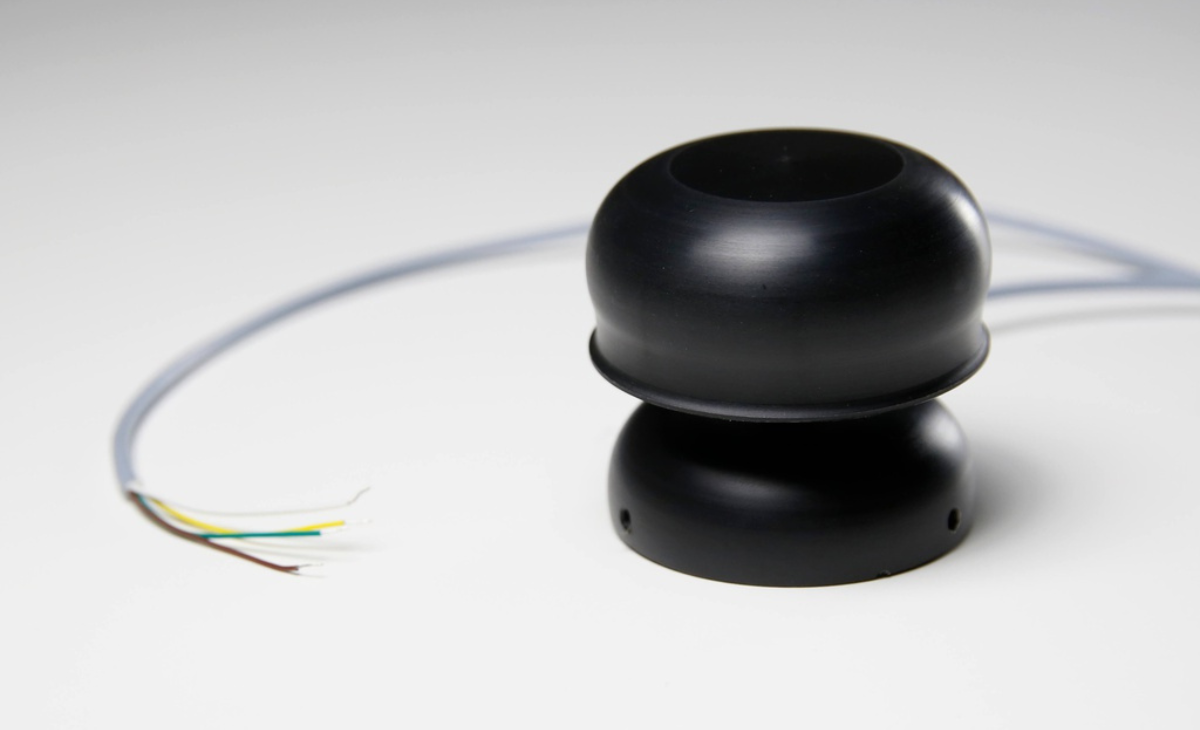Welcome to our ultimate guide on using anemometers in meteorology!
Understanding how to measure wind speed and direction accurately is crucial for both experienced meteorologists and those new to the field of weather science.
Let’s take a look at the different applications an ultrasonic wind meter can have in the meteorology industry.
Scientific Research and Universities
Anemometers play a pivotal role in scientific research conducted at universities and research institutions. They contribute to:
Climate Studies: Researchers utilize anemometers to gather wind data for climate studies, helping to understand local and global wind patterns and their impact on climate change.
Environmental Monitoring: Anemometers aid in monitoring environmental conditions, such as wind erosion studies, biodiversity assessments, and ecosystem health evaluations.
Meteorological Monitoring
In meteorology, anemometers are essential tools for accurate weather observation and forecasting. They are used for:
Weather Stations: Anemometers form the backbone of weather station networks, providing real-time wind data critical for weather forecasting and severe weather alerts.
Storm Prediction: By measuring wind speed and direction, meteorologists can predict the path and intensity of storms, enhancing public safety and disaster preparedness.

Air Quality Measurement
Anemometers are employed in air quality monitoring systems to assess pollution levels and dispersion patterns. They help in:
Pollution Monitoring: By measuring wind speed and direction, anemometers assist in tracking the movement of pollutants in the atmosphere, aiding in pollution control and management efforts.
Dispersion Modeling: Anemometers provide data for dispersion models used to simulate the spread of pollutants from industrial sites, traffic emissions, and other sources.
Smart Cities
Anemometers contribute to the development of smart cities by providing valuable environmental data in a compact and efficient manner. Applications include:
IoT Integration: Small, low-power anemometers are integrated into IoT (Internet of Things) networks, providing continuous wind monitoring data for urban planning and infrastructure management.
Energy Efficiency: In smart cities, anemometers help optimize building design and urban layout to harness natural ventilation and reduce energy consumption.

Key Features of the Wind Meter ULP
Ultra Low Power Consumption: Ideal for remote deployments and IoT applications.
High Precision: Delivers accurate wind speed and direction measurements in diverse environmental conditions.
Durable and Weather-Resistant: Built to withstand harsh weather conditions, ensuring reliable operation in outdoor environments.

In conclusion, anemometers are versatile tools with applications ranging from scientific research and meteorological monitoring to air quality measurement and smart city development.
Ready to explore the capabilities of the Wind Meter ULP? Discover more about this innovative product and other solutions from Calypso Instruments on our website. Happy measuring!